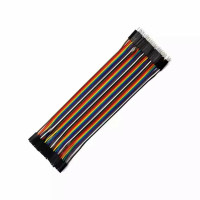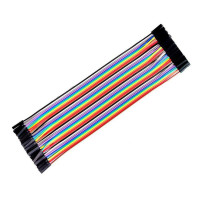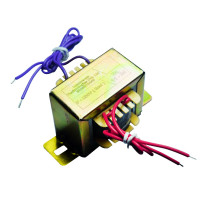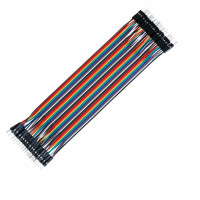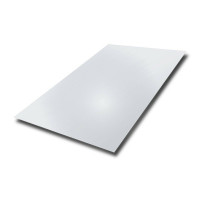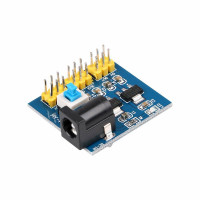Description
The ATmega Development Board
is a user-friendly, feature-rich platform designed for microcontroller-based
applications, prototyping, and learning. It is built around the ATmega328 DIP
IC, the same microcontroller used in Arduino boards, making it an excellent
choice for embedded systems, robotics, and IoT projects.
This board includes a UART
interface for serial communication and a 16x2 LCD module for real-time data
display and debugging. With multiple I/O pins, ADC channels, and support for
external modules, this development board is ideal for hobbyists, students, and
professionals working on various electronics projects.
Features
- Microcontroller - ATmega328 DIP IC
- 8-bit AVR RISC architecture with 131
instructions
- Operates at 16 MHz clock speed for fast
performance
- Comes with 2 KB SRAM, 1 KB EEPROM, and 32 KB
Flash memory
- Supports 23 I/O pins for digital and analog
inputs
- Features 6-channel, 10-bit ADC
(Analog-to-Digital Converter)
- Supports USART, SPI, and I²C communication
protocols
- UART Interface (Serial Communication)
- Enables communication with PCs, sensors, and
external devices
- Uses USART protocol for stable data transmission
- Compatible with USB-to-serial converters for
easy programming
- LCD 16x2 Module
- Displays 16 characters per row across 2 rows
- Built on the HD44780 controller for easy
interfacing
- Supports 4-bit and 8-bit parallel communication
modes
- Comes with a backlit display for better
visibility
- Power Supply Options
- Supports USB power (5V) or external DC input
(7V-12V)
- Features an onboard voltage regulator (5V and
3.3V) for stable operation
- Peripheral Connectivity
- Provides multiple I/O pins for interfacing with
sensors, actuators, and modules
- Includes an ISP (In-System Programming) header
for firmware updates
- Comes with push buttons for reset and
user-defined inputs
- Features LED indicators for debugging and status
monitoring
Specifications
- Microcontroller: ATmega328 (DIP 28-pin package)
- Operating Voltage: 5V DC
- Clock Speed: 16 MHz
- RAM: 2 KB SRAM
- EEPROM: 1 KB
- Flash Memory: 32 KB
- ADC Resolution: 10-bit (Up to 6 channels)
- Communication Interfaces: USART, SPI, I²C, UART
- Display Module: LCD 16x2 (HD44780 compatible)
- Number of I/O Pins: 23 (Supports Digital and
Analog)
- Programming Interface: ISP (In-System
Programming)
- Power Supply Options: USB (5V) or External
Adapter (7V-12V DC)
- PCB Design: Compact layout with easy prototyping
features
Applications
1.
Educational & Learning
The
ATmega Development Board is an excellent choice for students and beginners to
learn microcontroller programming, embedded systems, and electronics design.
2.
Industrial Automation & Control
It
can be used for sensor-based monitoring, relay control, and automation tasks in
industrial environments.
3.
IoT (Internet of Things) Projects
With
its UART, SPI, and I²C interfaces, this board is perfect for IoT applications,
smart devices, and sensor networks.
4.
Robotics & Motion Control
This
board can control servo motors, stepper motors, and robotic arms, making it
ideal for robotics, drones, and automation projects.
5.
Home Automation
It
enables integration with relays, sensors, and communication modules for
building smart home solutions.
6.
Embedded System Prototyping
Engineers
and developers can use this board for circuit testing, firmware development,
and real-world simulations.
7.
Data Logging & Sensor Monitoring
With
ADC channels and EEPROM storage, it can collect and process data from
temperature, humidity, and motion sensors for real-time monitoring
applications.







